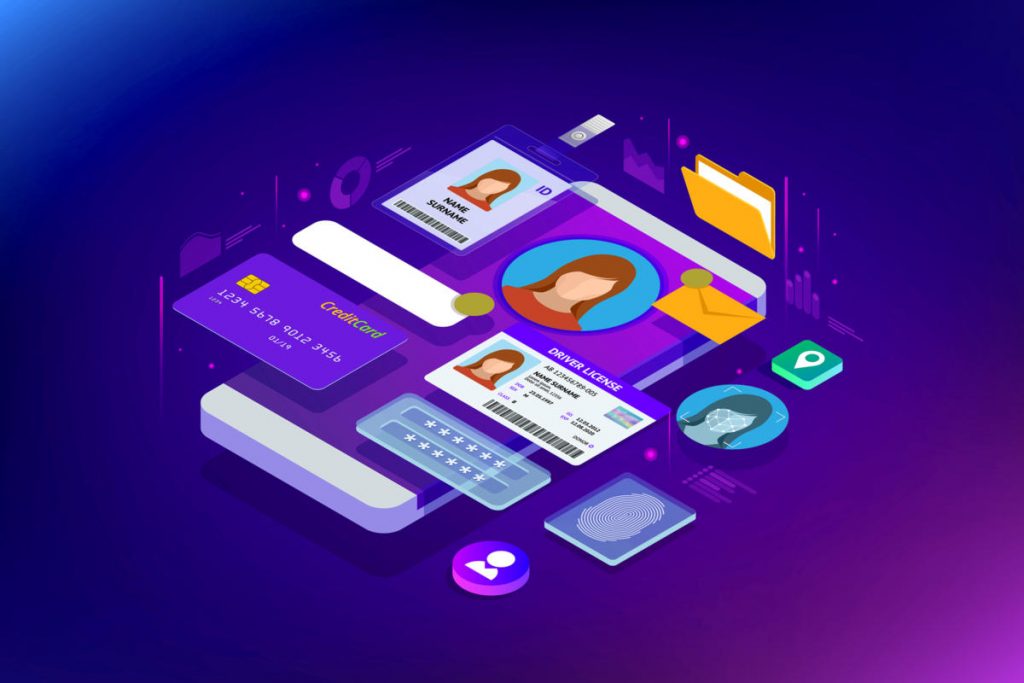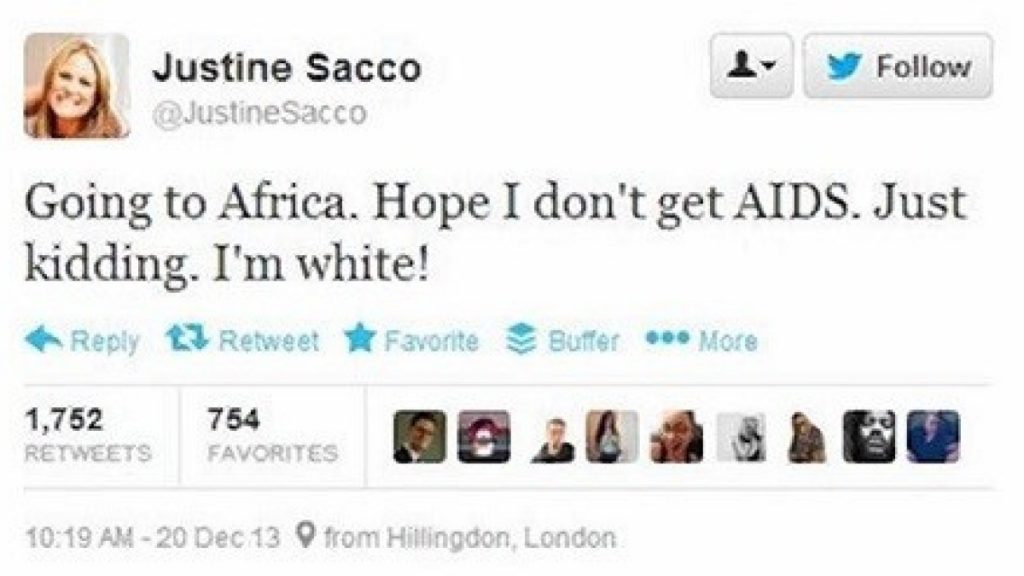This week I will be putting on my detective hat to cyber sleuth one of our classmates, Sydney! I am so excited to see what I will find out. She did the same for me, and I will link her post here.

Let’s begin by exploring what our digital identity is. Our digital identity is how we present ourselves online. Avast Blog says that “Digital identity is essentially any personal data existing online that can be traced back to the real you. For example, photos you’ve uploaded to social media, posts you’ve created or commented on, your online bank account, search engine history, etc.”. When I first began exploring my online presence, I could not believe all of the different aspects that make up a digital identity, and how much can be found about you online.
Let’s see what we can find out about Sydney based on her digital identity…
I began by doing a quick Google search of Sydney’s name to see what would come up. With this simple search, I was quickly able to find her Twitter profile, but not much else. I moved over to the images, and again, all I found was her Twitter profile. One thing that I expected to see was her blog, but I could not find this on the first few pages of search results.
Next, I moved on to Instagram. I was able to find her public profile on this platform. These pictures gave me a very personal look into Sydney’s life. I learned about her love for all things Disney, her dog, and much more. One thing that I loved about her profile was the engagement she has with her followers. In most posts, she ends with a question for her followers to answer. I love this idea and think it helps to create a positive community.
From her Instagram profile, I was also able to find her VSCO page. This was full of images that represent Sydney’s day to day life. Although there is not much interaction possible through this platform, her profile still offers a look into her life and what she loves.
Where I found the most information was on Twitter. Sydney has created a very active and positive identity on this platform. She shares posts, images, and resources regularly. She has lots of interactions with others, and this platform helped me learn a lot about her and her values. I think she does a great job of sharing teaching resources as well.

All in all, I think Sydney has done a great job of creating a positive digital identity. There was no “questionable” pictures, posts, or comments that I could find anywhere! If I was a potential employer, I would be very impressed with the online presence Sydney has created!
How important is our digital identity?
Our digital identity is so important in many ways. First of all, everything that makes up our digital identity is virtually permanent. In other words, what’s on the internet doesn’t go away easily. Potential employers, family members, and others are able to view all kids of personal information about you based on what comes up online. Because anyone online can see what you have posted online, it is so important to create a positive digital identity that expresses who you are. As we explored in Justine Sacco’s case, what she chose to post online had serious consequences.

I am sure we have all seen this tweet somewhere online over the past few years. This post blew up quickly, and has caused permanent damage. To this day, this tweet is still associated with her name. As future educators, it is so important that we help students understand that our digital footprint is permanent, and how important a positive digital identity really is.
Another reason why we should explore positive digital identities is because of how much time we spend online. In today’s world, we are constantly scrolling on social media and absorbing information. As the age of social media users is getting younger and younger, I often wonder: what kind of things are students seeing online, and what kind of affects does this have on them? The article Split Image shares that “young women growing up on Instagram are spending a significant chunk of each day absorbing others’ filtered images while they walk through their own realities, unfiltered. In a recent survey conducted by the Girl Scouts, nearly 74 percent of girls agreed that other girls tried to make themselves look “cooler than they are” on social networking sites”. The chart below shares the age of Instagram users in October 2020. I was shocked to see how many users were aged 13-17 and 18-24.

Our students are using social media more and more, and we can see that this is affection self-esteem and mental health. As our digital identity is also made up by our interactions online, I believe that it is so important to help students set healthy boundaries with what they are viewing online.
Final thoughts
Although it felt a bit odd at the beginning, this cyber sleuthing was a very fun activity. It was also really interesting to think about my own digital identity. I wonder what I can find out about other people online?